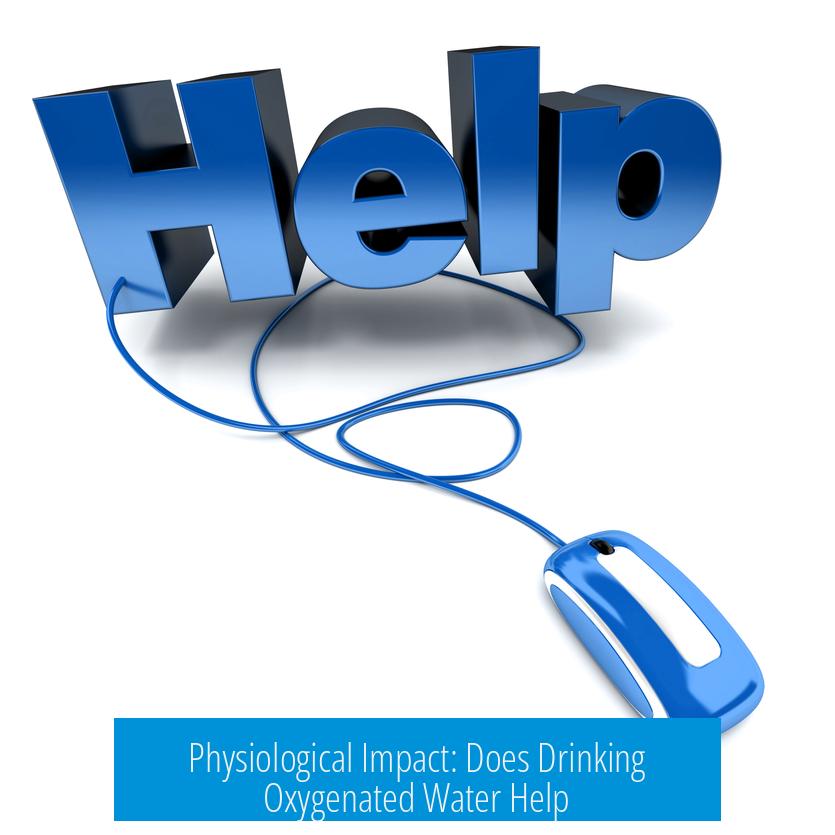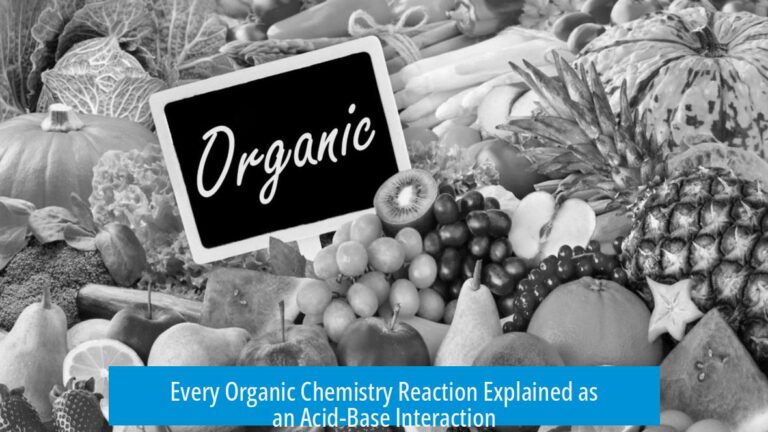Understanding the BS Product Claim on Oxygenated Water

The claim about “oxygenated water” mostly refers to water with increased dissolved oxygen content, not a new chemical form like H2O7 or H2O8. While it’s true that you can dissolve more oxygen gas (O2) into water than usual, the health benefits stated by such products, like lowering heart rate or boosting blood oxygen, are not scientifically supported and thus the claim is misleading.
What Does Oxygenated Water Actually Mean?
Products often claim their water contains “extra oxygen” by increasing dissolved oxygen levels. Tap water naturally contains 6.5 to 8 milligrams per liter (mg/L) of dissolved oxygen. Oxygenated water claims to increase this by a factor of up to seven, meaning around 45 to 56 mg/L.
This increase refers only to physically dissolved oxygen gas, O2, inside the water. It does not change the basic chemical structure of water (H2O), so notions like “H2O7” or “H2O8” do not represent real chemical species here. Those terms are either mistakenly cited or used humorously and have no scientific basis in consumer oxygenated water.
Evaluating the Chemistry: Why H2O7 and Similar Formulas Are Nonsense
- Water molecules (H2O) cannot be chemically altered simply by adding more oxygen atoms without changing their nature fundamentally.
- Formulas like H2O7 or H2O8 (sometimes called dihydrogen heptoxide or heptaoxidane) are either unstable, hypothetical, or nonexistent under normal conditions.
- Claims using these names seem to be marketing gimmicks or misunderstandings of chemical nomenclature.
Physiological Impact: Does Drinking Oxygenated Water Help?

The human body absorbs oxygen through the lungs, not the digestive system. Drinking oxygen-rich water will not increase blood oxygen levels significantly because:
- Oxygen dissolved in water is released in the stomach and intestines, mostly escaping as gas (burps).
- The digestive tract lacks mechanisms (like gills or alveoli) to transfer oxygen into the bloodstream.
- Even if water contains elevated oxygen levels, the total oxygen per bottle equals only a small fraction of a single breath’s worth.
For example, 50 parts per million (ppm) means 50 mg of oxygen per liter. That amount corresponds roughly to 67 milliliters of pure oxygen—about the oxygen in 320 ml of air. For perspective, a 12-ounce can might hold about 1.7 mg of oxygen, equivalent to oxygen in 6 milliliters of air. Such quantities are too trivial to affect physiological oxygen supply.
Common Misleading Health Claims
“Lowers heart rate and increases blood oxygen saturation”
These claims lack verification. Pulse oximetry studies show no improvement after consuming oxygenated water. Human oxygen saturation remains governed by respiratory function, and extra oxygen in water does not translate into higher blood oxygen or measurable heart rate reductions.
Comparing Oxygenated Water to Carbonated and Hydrogen Waters
- Oxygenated water dissolves oxygen in the way carbonated drinks dissolve carbon dioxide, but oxygen gas is less soluble in water than carbon dioxide.
- “Hydrogen water,” another similar product type, claims benefits based on containing dissolved hydrogen but also lacks robust scientific backing.
- Hydrogen peroxide (H2O2) contains additional oxygen atoms chemically bound; however, it is toxic at high levels and not safe for drinking.
Some consumers confuse chemical oxygen content with dissolved gas oxygen, which is an important distinction lacking in many advertisements.
Marketing Critique and Regulatory Issues
“Oxygenated water” is primarily a marketing term without medical or physiological relevance. Many experts view these products as scams leveraging consumers’ lack of chemical knowledge. The advertising claims often verge on false advertising.
- Regulatory bodies might view such unsubstantiated health claims as misleading.
- Legal challenges or sanctions may apply if false health benefits are marketed.
- Consumers should scrutinize product labels and claim legality carefully.
Common Consumer Confusions and Humor
Users and chemists alike often joke about the fanciful naming seen on labels, such as “H2O8” or “heptaoxidane.” The humor reflects skepticism about the absurdity of chemical claims linked to marketing hype.
Misunderstandings can also lead to contested product popularity, despite the lack of real benefits. It’s essential to distinguish scientifically verifiable claims from marketing stories.
Key Takeaways
- Oxygenated water typically means water with extra dissolved oxygen gas, not altered chemical formulas like H2O7.
- Additional dissolved oxygen in water is too small and not absorbable to affect blood oxygen or heart rate.
- Claims of health benefits from oxygenated water are unsupported and usually misleading.
- Marketing terms here exploit misunderstandings of chemistry and physiology.
- Consumers should remain skeptical and seek scientific evidence before trusting such product claims.
What does “oxygenated water” actually mean in these product claims?
It refers to water with dissolved oxygen gas, not a new chemical form like H2O7 or H2O8. The water still has normal H2O molecules but contains extra oxygen dissolved in it, similar to carbonation but with O2 instead of CO2.
Can drinking oxygenated water improve my blood oxygen levels or lower my heart rate?
No. The extra oxygen dissolved in the water doesn’t enter the bloodstream through digestion. We absorb oxygen through our lungs, not our stomach. Claims about heart rate or blood oxygen improvement lack scientific support.
Is there significantly more oxygen in oxygenated water compared to regular water?
The oxygen content is slightly higher, about 7 times more than tap water’s usual 6.5-8 mg/L, reaching around 50 mg/L. However, this amount is still very small—equivalent to a fraction of a breath, so it won’t impact bodily oxygen levels.
Are oxygenated waters chemically changed into exotic compounds like H2O7 as some labels suggest?
No. Compounds like H2O7 or heptaoxidane do not exist as stable water forms for drinking. These terms are misleading or incorrect, often used to confuse consumers without real chemical basis.
How does oxygenated water compare to carbonated drinks?
Both contain dissolved gases, but carbonated drinks have CO2, which creates bubbles and fizz. Oxygenated water has dissolved O2 but does not provide the same sensory effects or health benefits. The oxygen doesn’t behave like carbon dioxide in the body.
Are products claiming oxygenated water just marketing scams?
Yes, many of these claims are marketing tactics with no proven health benefits. They often exploit confusion about chemistry and physiology to sell a product that doesn’t deliver on its promises.





Leave a Comment